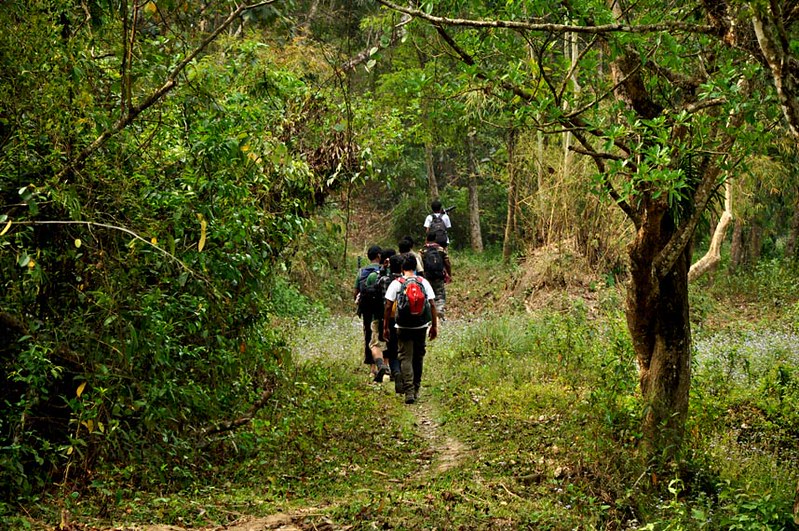Welcome to the wonderful world of herping – exploring the outdoors in search of reptiles and amphibians. Whether you’re a nature enthusiast, a wildlife lover, or simply someone curious about the creatures that inhabit our world, herping provides an exciting and unique way to connect with the natural environment. In this beginner’s guide, we’ll walk you through the basics, ensuring you have a safe, enjoyable, and responsible herping tour experience.
Do your homework
Before your herping tour, take some time to do your research on the reptiles and amphibians native to the area you’ll be visiting. Field guides, online resources, and local naturalists can provide valuable information about species, habitats, and behaviors. Reptiles and amphibians are often more active during certain seasons or specific times of the day. Early mornings, late afternoons, and warm evenings are usually ideal times for herping. Different species may also have different habitats they prefer. Doing your homework and talking to your tour guides will help you determine what time and where you should look. Understanding the creatures you’re likely to encounter will enhance your appreciation for the natural world.

Safety First
Make sure to prioritize safety. You’ll want to equip yourself with the right tools for a safe and enjoyable tour. Some tools you should consider would be.
- Field Guide: A guidebook specific to your region can help you identify species.
- Binoculars: Useful for observing creatures from a distance
- Flashlight or Headlamp: For night herping adventures
- Camera: Capture your experiences and documenting your finds
- Protective Footwear and Clothing: Defend yourself from scratches, bites, and the elements
- First Aid Kit: In case you suffer any injuries
Some other things to keep in mind to ensure you’re safe:
- Staying on Trails: Stick to the established paths to minimize risk to yourself and the environment
- Watch your Step: Be cautious of uneven terrain, hidden obstacles, and potential wildlife.
- Show Respect for Wildlife: Admire the animals from a distance to avoid stress or harm to them or yourself.
- Weather Considerations: Be mindful of weather conditions, especially in areas prone to sudden changes.
Lastly, document and share responsibly. Not everyone is able to attend tours such as these and would love to see what it’s all about. If you would like to show off your pictures and experiences click here!


0 Comments